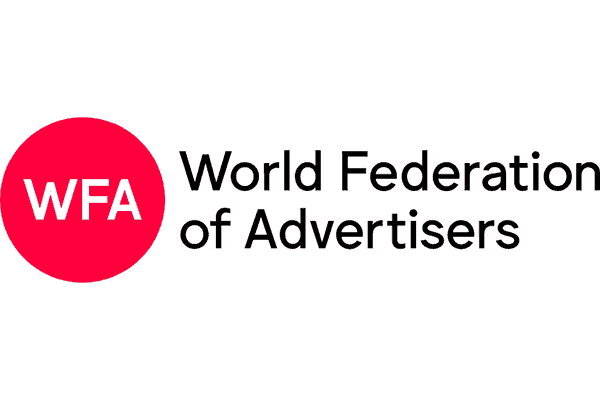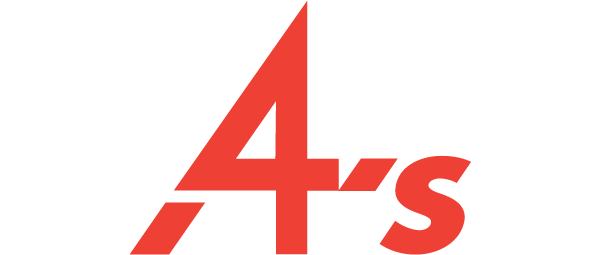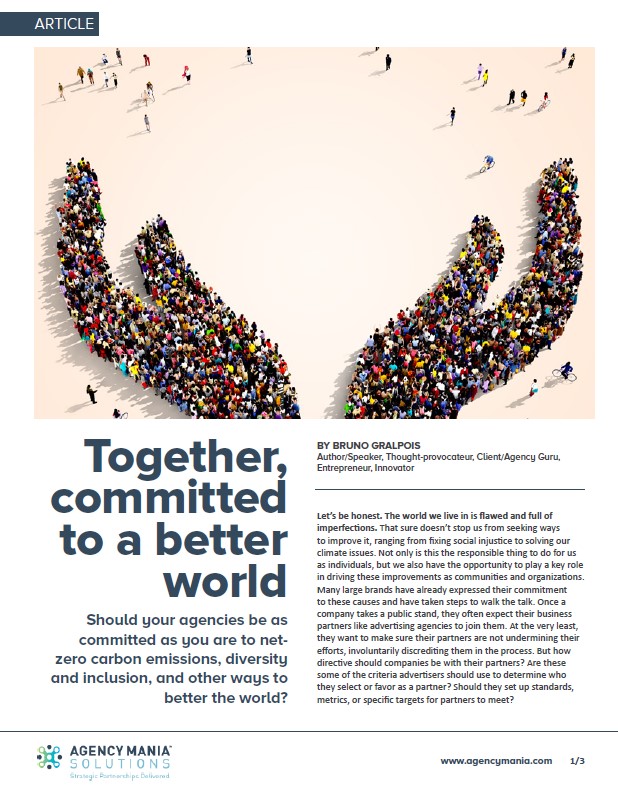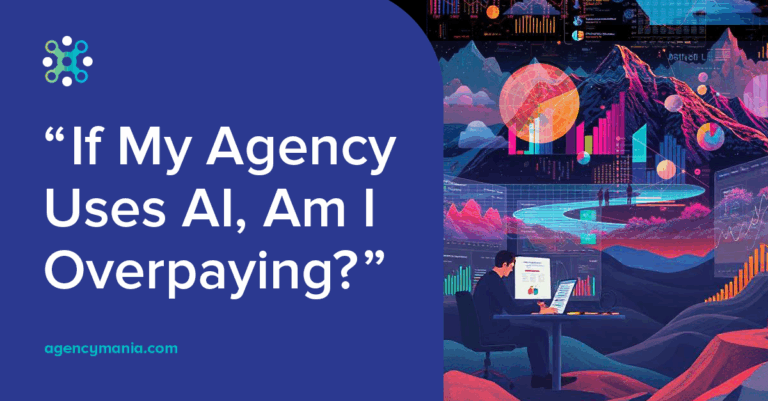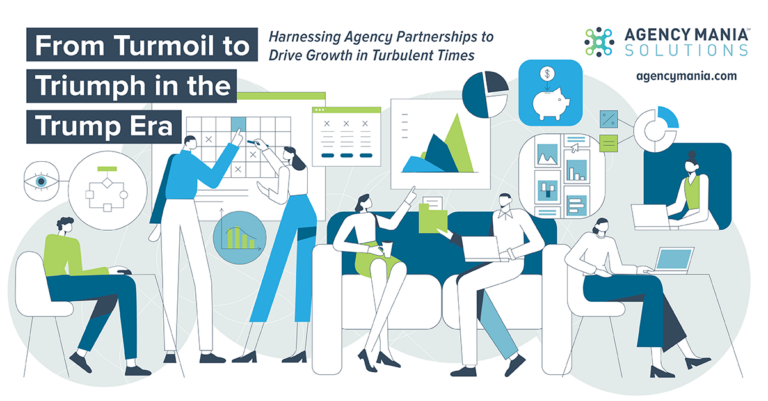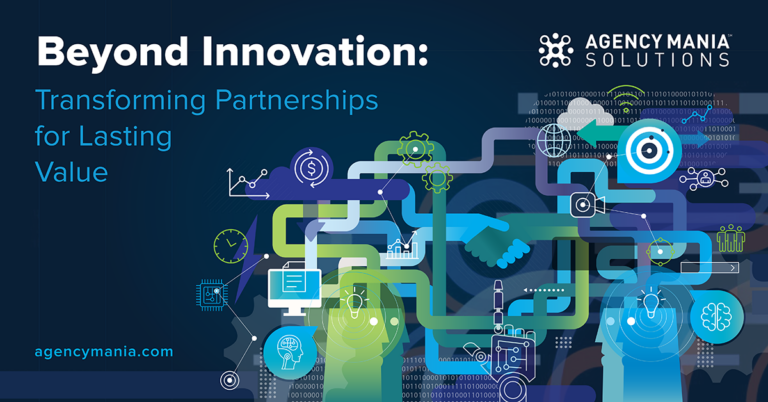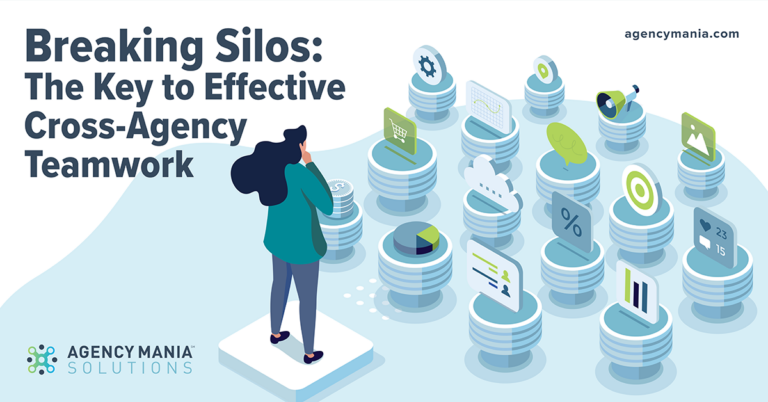Should your agencies be as committed as you are to net-zero carbon emissions, diversity and inclusion, and other ways to better the world?

Let’s be honest. The world we live in is flawed and full of imperfections. That sure doesn’t stop us from seeking ways to improve it, ranging from fixing social injustice to solving our climate issues. Not only is this the responsible thing to do for us as individuals, but we also have the opportunity to play a key role in driving these improvements as communities and organizations. Many large brands have already expressed their commitment to these causes and have taken steps to walk the talk. Once a company takes a public stand, they often expect their business partners like advertising agencies to join them. At the very least, they want to make sure their partners are not undermining their efforts, involuntarily discrediting them in the process. But how directive should companies be with their partners? Are these some of the criteria advertisers should use to determine who they select or favor as a partner? Should they set up standards, metrics, or specific targets for partners to meet?
Driving diversity and inclusion
The topic of diversity and inclusion (DI) has received much attention by an entire nation eager to address racial injustice. Of course, the topic of DI goes further than race: it also includes gender, age, faith, LGBTQIA+, and people with disabilities. Brands stepped up, understanding that they can do well by doing the right thing as part of their inclusivity drive. as evidenced by the results of a 2017-2019 Deloitte study. Deloitte measured the ROI of diversity and demonstrated that the stock price of diverse brands performed 69% better than their counterparts. Consumer preference scores were also 83% higher. Even outside of any moral obligation, these data points are quite compelling.
Noteworthy examples of brands stepping up their DI efforts include: Carmaker General Motors pledged to increase its spend on advertising with Black-owned media companies, starting with 4% of its US advertising spending by next year, and would boost that level to 8% in 2025. They also recently announced a $50 million incremental incubation fund to be used over 10 years to diversify its mix of marketing partners. Consumer goods titan Unilever pledged to root out advertising stereotypes from its marketing (on-screen as well as behind cameras) and work with more businesses run by companies owned and managed by women, ethnic minorities, people with disabilities, and members of the LGBTQI+ community. The advertiser is expected to increase spend with these under-represented companies from £300m to £1.8bn by 2025.
Industry organizations are contributing to these efforts. For example, ANA’s Alliance for Inclusive and Multicultural Marketing (AIMM) released an update of their list of diverse suppliers (ana.net/diversesuppliers) featuring 221 companies—agencies, production, promotion, research, technology, media, and more.
Similarly, agencies have been hiring top talent, often for newly created roles, to lead diversity, equity, and inclusion efforts for their organizations. They’ve joined forces behind industry initiatives like Association of Independent Commercial Producers (AICP)’s Double The Line (DTL) initiative or the 4A’s Workplace Enlightenment Certification (WeC) program, and launched numerous internal initiatives—job mentoring and sponsorship programs, training, etc. They’ve also committed to increase their talent mix across their organizations, including in leadership positions where the gaps were quite severe. Top holding companies like WPP, IPG, Omnicom, Publicis, and others are now publicly reporting their talent diversity mix to be fully transparent and show their commitment to driving systemic change.
Committing to net-zero carbon emissions
Similar to DI, the topic of the environment receives much media attention and has been at the center of public policies, both domestically and internationally. Brands saw an opportunity to champion the cause, set stronger environmental policies and practices, and seize the opportunity to engage environmentally conscious consumers, especially among the Gen Y and Z audiences. The World Federation of Marketers (WFA) recently launched “Planet Pledge” (WFAplanetpledge.org) to promote greener solutions and steer consumer behavior toward sustainability. Brands like Bayer, Danone, Diageo, Dole Packaged Foods, Mastercard, and Unilever joined the “Race to Zero” campaign. Packaged goods companies pledged to make drastic reductions in their use of plastics and more use of earth-friendly, greener ingredients. In their advertising, brands like P&G and their “It’s Our Home” campaign put sustainability at the core of their messaging and encourage simple acts of sound environmentalism which resonates particularly well with parents looking to be more sustainable at home. The brand committed to ensure that 100% of its packaging “will be recyclable or reusable,” and to “reducing virgin petroleum plastic in packaging by 50% by 2030.” Many other brands made similar, bold commitments in their respective industries.
Agencies like WPP, the world’s largest agency network, have come up with their own standards. WPP set a target to become net zero by 2030, eliminating all carbon and greenhouse gas emissions within its agency operations and through its supply chain and media partners such as broadcasters and publishers. The agency network claims it produced 5.4 million tons of carbon-dioxide equivalent in 2019, equal to the annual emissions of Uganda, according to Bloomberg. Other advertising networks like Publicis Groupe signed the UN’s “Caring for Climate” pledge in 2007 in support of the 2015 Paris Agreement. They committed to 100% renewable energy (RE) and being carbon neutral by 2030 for the entire group.
These results will be made possible mostly with reduced transporting, including air travel thanks to video conference technology, the reduction of raw materials, energy consumption, and waste, and the use of redesigned office space (open space planning, green and LEED certified buildings, etc.), as well as the use of only renewably sourced electricity and fluorescent or LED lighting in its buildings. Some companies use specialized software tools like Watershed (watershedclimate.com/) to measure their annual greenhouse gas emissions. Using investor-grade reporting, they build a carbon reduction plan and start executing on it to reduce their footprint.
How prescriptive should advertisers be?
What should we expect as result of these commitments? Companies that embrace these higher standards will have a competitive edge. Advertisers will give preference to environmentally friendly agencies and those who adhere to higher DI standards. Agencies will give preference to DI-committed and environmentally friendly supply chain partners, and so on. For example, partners’ emissions could become an important factor in deciding where to buy ads. DI records could become an important variable in deciding which production company to use for a given campaign.
Brands establish these policies and want to track how their entire supply chain performs. For example, they may set targets and review them during quarterly business reviews or during their annual assessment. Some advertisers may even reward their agency partners for their commitment to meaningful progress in these areas. That was the case when Microsoft recently awarded its partner dentsu international with its Microsoft Advertising Inclusive Culture & Marketing Award.
For advertisers with a searchable roster of approved suppliers and agencies, they may add tags that allow marketers to search for them and choose those who adhere to these standards or, if the standards are not mandatory, those who rank the highest. Advertisers will continue to evaluate the fit of agencies and other marketing suppliers based on their broad capabilities, unique skillset, demonstrable experience, existing clients, and costs, as they have for decades. Yet, new dimensions like social responsibility are emerging that now must be taken into consideration.
The end result of all of this: better, greater-aligned and more compatible business partnerships. And as a bonus, well, a safer and better world.
By Bruno Gralpois, Author/Speaker, Thought-provocateur, Client/Agency Guru, Entrepreneur, Innovator
May 27, 2021

